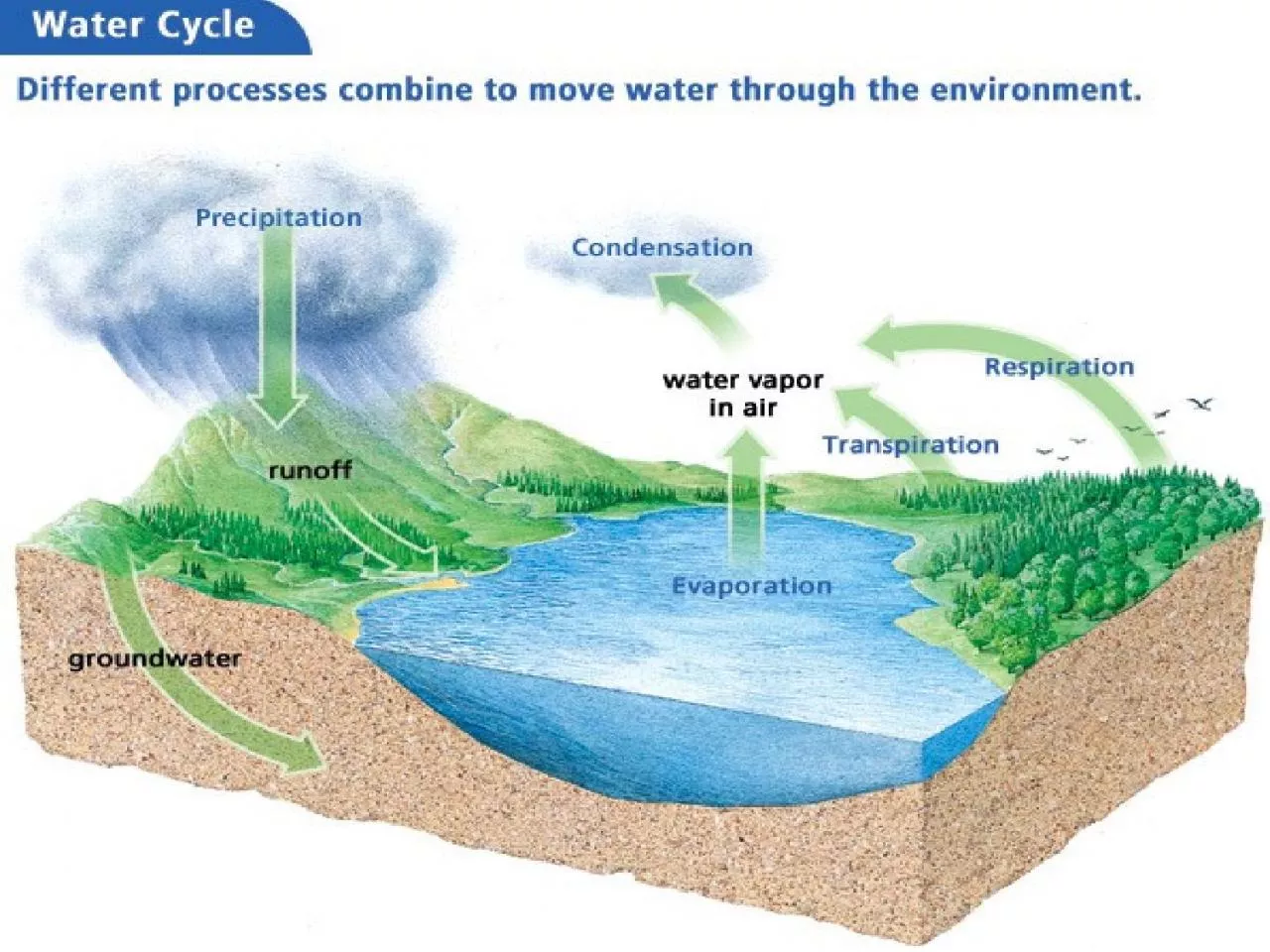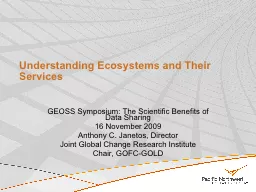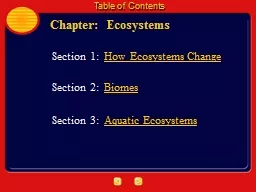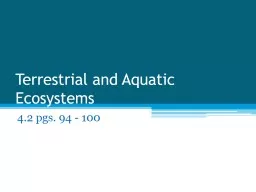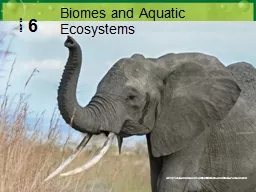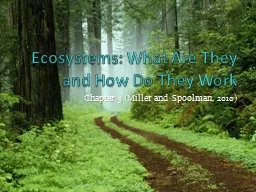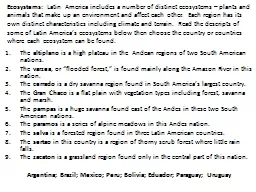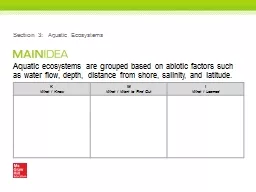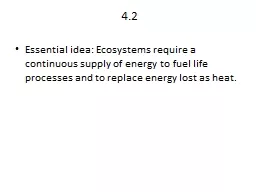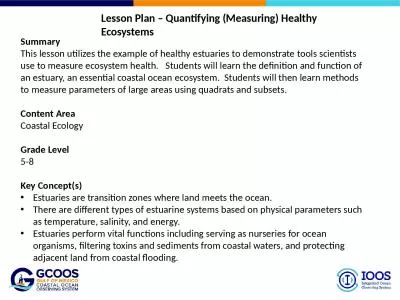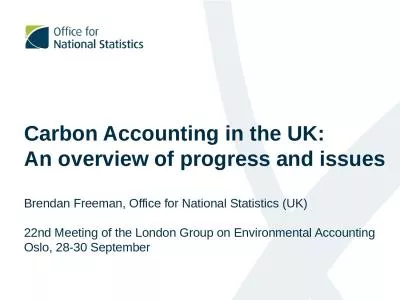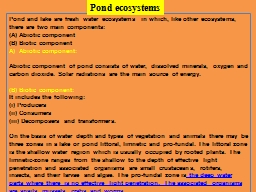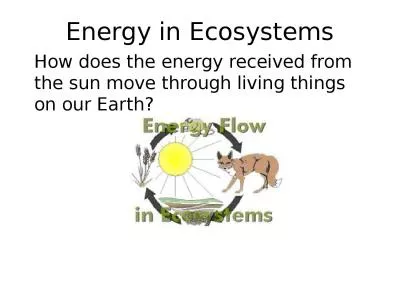PPT-Energy flows through ecosystems.
Author : deborah | Published Date : 2023-10-28
Before you learned Matter cycles continuously through an ecosystem Living things are part of the water carbon and nitrogen cycles Now you will learn How living
Presentation Embed Code
Download Presentation
Download Presentation The PPT/PDF document "Energy flows through ecosystems." is the property of its rightful owner. Permission is granted to download and print the materials on this website for personal, non-commercial use only, and to display it on your personal computer provided you do not modify the materials and that you retain all copyright notices contained in the materials. By downloading content from our website, you accept the terms of this agreement.
Energy flows through ecosystems.: Transcript
Download Rules Of Document
"Energy flows through ecosystems."The content belongs to its owner. You may download and print it for personal use, without modification, and keep all copyright notices. By downloading, you agree to these terms.
Related Documents

